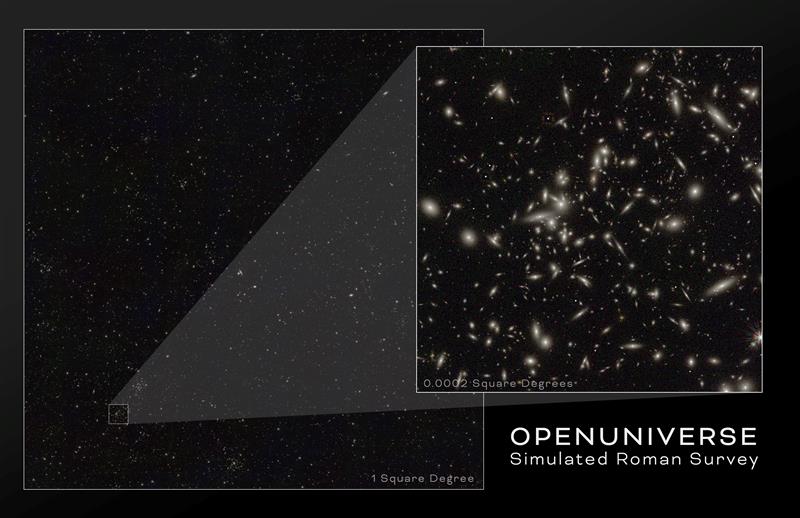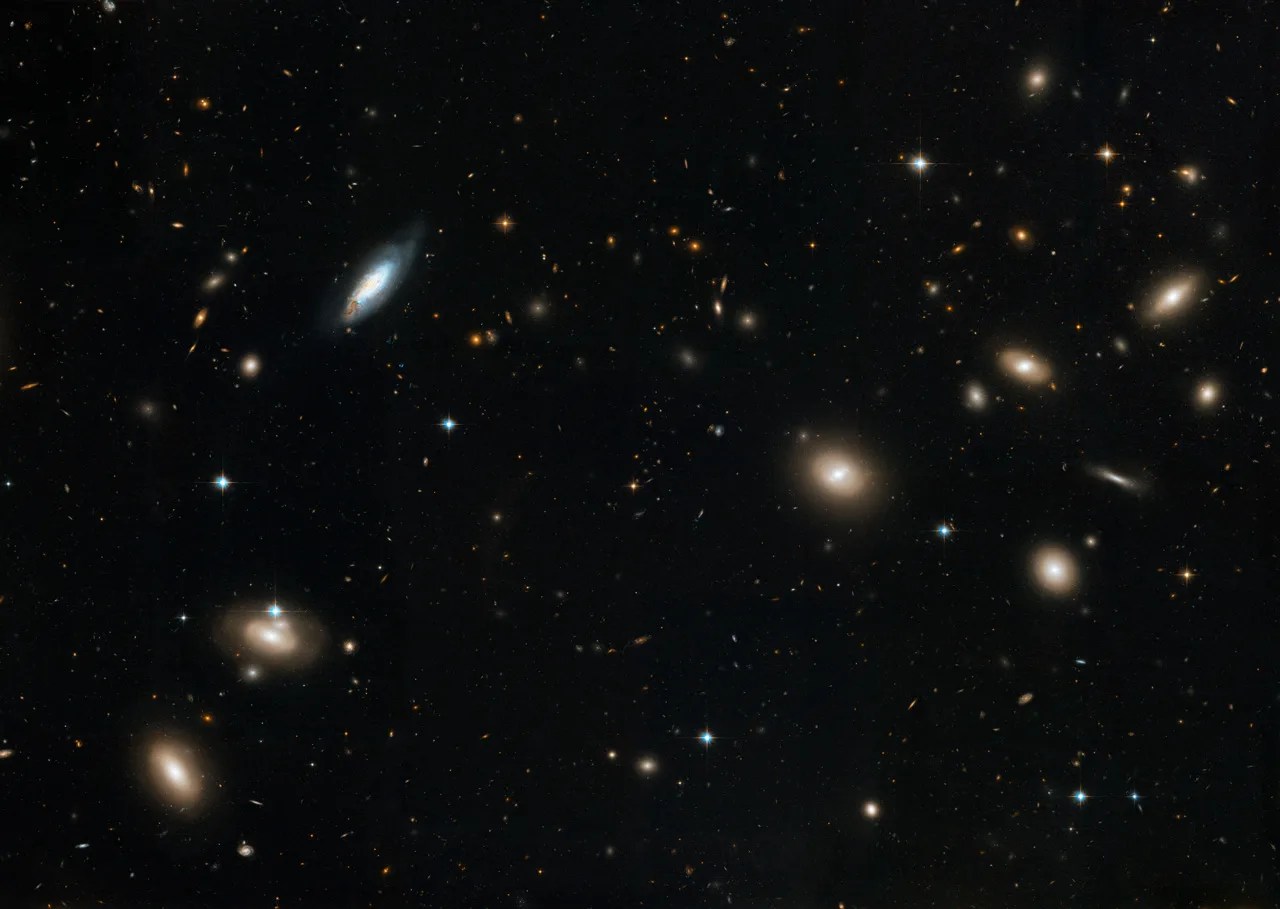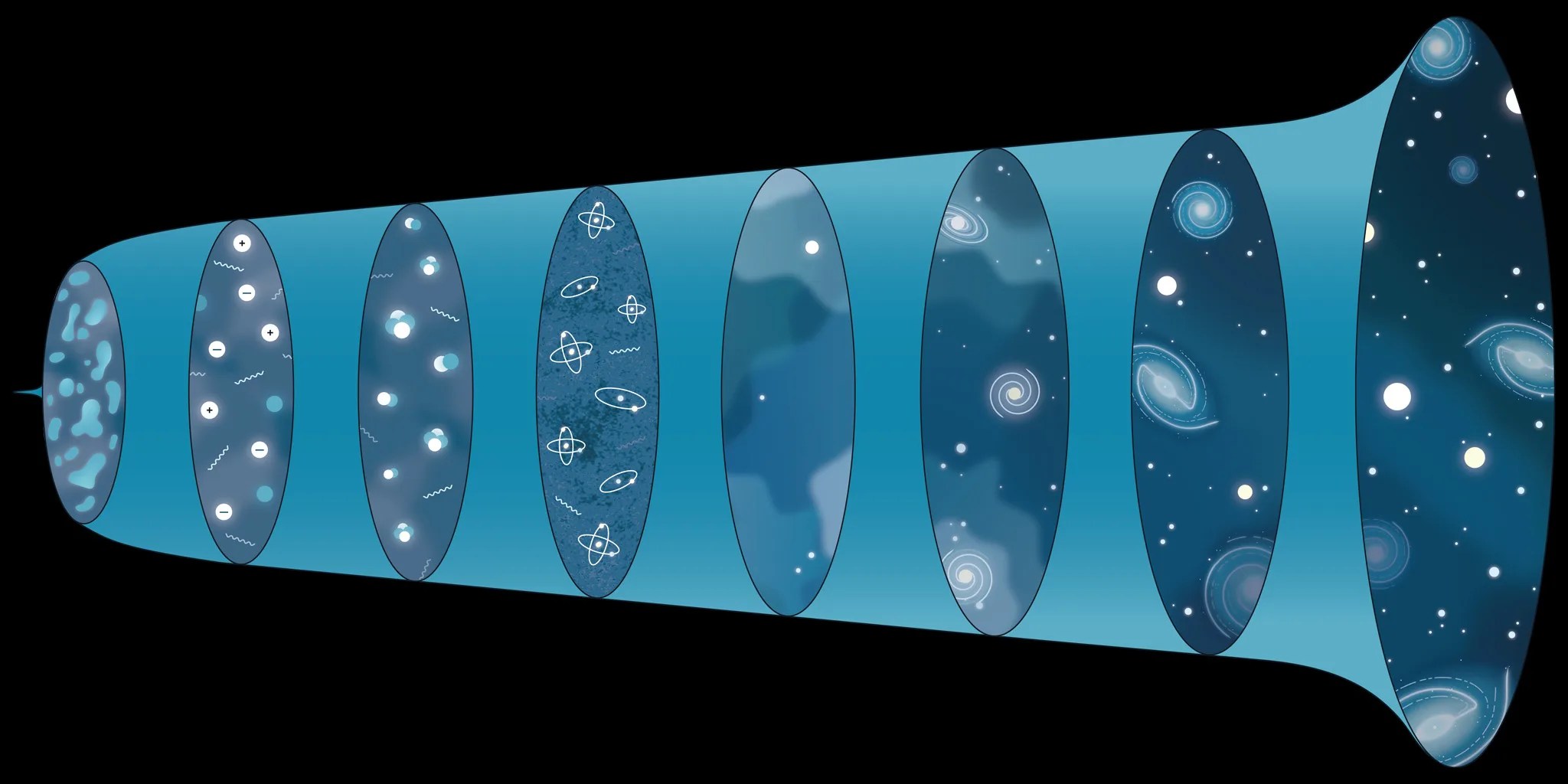6 min read
Do you ever look up at the night sky and get lost in the stars? Maybe while you’re stargazing you spot some of your favorite constellations. But did you know there’s more to constellations than meets the eye? They’re not just a bunch of imaginary shapes made up of stars – constellations tell us stories about the universe from our perspective on Earth.

What is a constellation?
A constellation is a named pattern of stars that looks like a particular shape. Think of it like connecting the dots. If you join the dots – stars, in this case – and use your imagination, the picture would look like an object, animal, or person. For example, the ancient Greeks thought that an arrangement of stars in the sky looked like a giant hunter with a sword attached to his belt, so they named it after a famous hunter in their mythology, Orion. It’s one of the most recognizable constellations in the night sky and can be seen from around the world.
The easiest way to find Orion is to go outside on a clear night and look for three bright stars close together in an almost-straight line. These three stars represent Orion's belt. Two brighter stars to the north mark his shoulders, and two more to the south represent his feet.

Over time, different cultures from around the world have had different names and numbers of constellations, depending on what they thought the stars resembled. Today, there are 88 officially recognized constellations. Though these constellations are generally based on what we can see with our unaided eyes, scientists have also invented unofficial constellations for objects that can only be seen in gamma rays, the highest-energy form of light.
Perspective is everything
The stars in constellations may look close to each other from our point of view here on Earth, but in space they might be really far apart. For example, Alnitak, the star at the left side of Orion's belt, is about 800 light-years away. Alnilam, the star in the middle of the belt, is about 1,300 light-years away. And Mintaka, the star at the right side of the belt, is about 900 light-years away. Yet from Earth they all appear to have the same brightness. Space is three-dimensional, so if you were looking at the stars that make up the constellation Orion from another part of our galaxy, you might see an entirely different pattern!

The superstars of Orion
Now that we know a little bit more about constellations, let’s talk about the supercool cosmic objects that form them – stars! Though over a dozen stars make up Orion, two take center stage. The red supergiant Betelgeuse (Orion's right shoulder) and blue supergiant Rigel (Orion's left foot) stand out as the brightest members in the constellation.
Betelgeuse is a young star by stellar standards, about 10 million years old, compared to our nearly 5 billion-year-old Sun. The star is so huge that if it replaced the Sun at the center of our solar system, it would extend past the main asteroid belt between Mars and Jupiter! But due to its giant mass, it leads a fast and furious life.

Betelgeuse is destined to end in a supernova blast. Scientists noticed that Betelgeuse was mysteriously dimming in late 2019 following a traumatic outburst caused by the star blowing off a large portion of its visible surface. Hubble observations have shown the Betelgeuse is slowly recovering from this event, and it looks like the star isn’t going to explode imminently. Even so, there’s a tiny chance Betelgeuse will go supernova in your lifetime. But don't worry, Betelgeuse is about 550 light-years away, so this event wouldn't be dangerous to us – but it would be a spectacular sight.
Rigel is also a young star, estimated to be 8 million years old. Like Betelgeuse, Rigel is much larger and heavier than our Sun. Its surface is thousands of degrees hotter than Betelgeuse, though, making it shine blue-white rather than red. These colors are even noticeable from Earth. Although Rigel is farther from Earth than Betelgeuse (Rigel is about 860 light-years away), it is intrinsically brighter than its companion, making it the brightest star in Orion and one of the brightest stars in the night sky.
Buckle up for Orion’s belt
Some dots that make up constellations are actually more than one star, but from a great distance they look like a single object. Remember Mintaka, the star at the far right side of Orion's belt? It is not just a single star, but actually five stars in a complex star system.

Sword or a stellar nursery?
Below the three bright stars of Orion’s belt lies his sword, where you can find the famous Orion Nebula. The nebula is only 1,300 light-years away, making it the closest large star-forming region to Earth. Because of its brightness and prominent location just below Orion’s belt, you can even spot the Orion Nebula from Earth! But with a pair of binoculars, you can get a much more detailed view of the stellar nursery. It’s best visible in January and looks like a fuzzy “star” in the middle of Orion’s sword.

More to discover in constellations
In addition to newborn stars, Orion also has some other awesome cosmic objects hanging around. Scientists have discovered exoplanets, or planets outside of our solar system, orbiting stars there. One of those planets is a giant gas world three times more massive than Jupiter. It’s estimated that, on average, there is at least one planet for every star in our galaxy. Just think of all the worlds you may be seeing when you look up at the night sky!
It’s also possible that the Orion Nebula is home to a black hole, which would make it the closest known black hole to Earth. We may never detect it, though, because no light can escape black holes, making them invisible. However, space telescopes with special instruments can help find black holes. They can observe the behavior of material and stars that are very close to black holes, helping scientists find clues that can lead them closer to discovering some of these most bizarre and fascinating objects in the cosmos.

Next time you go stargazing, remember that there’s more to the constellations than meets the eye. Let them guide you to some of the most incredible and mysterious objects of the cosmos — young stars, brilliant nebulae, new worlds, star systems, and even galaxies.







